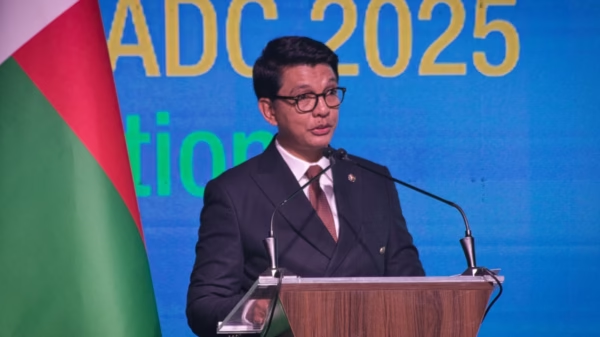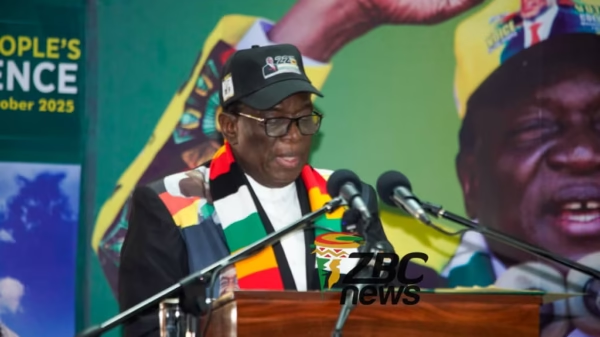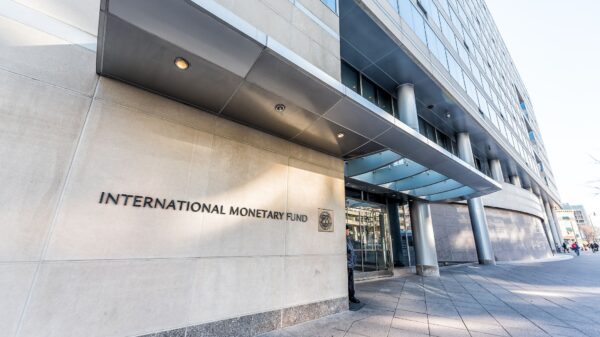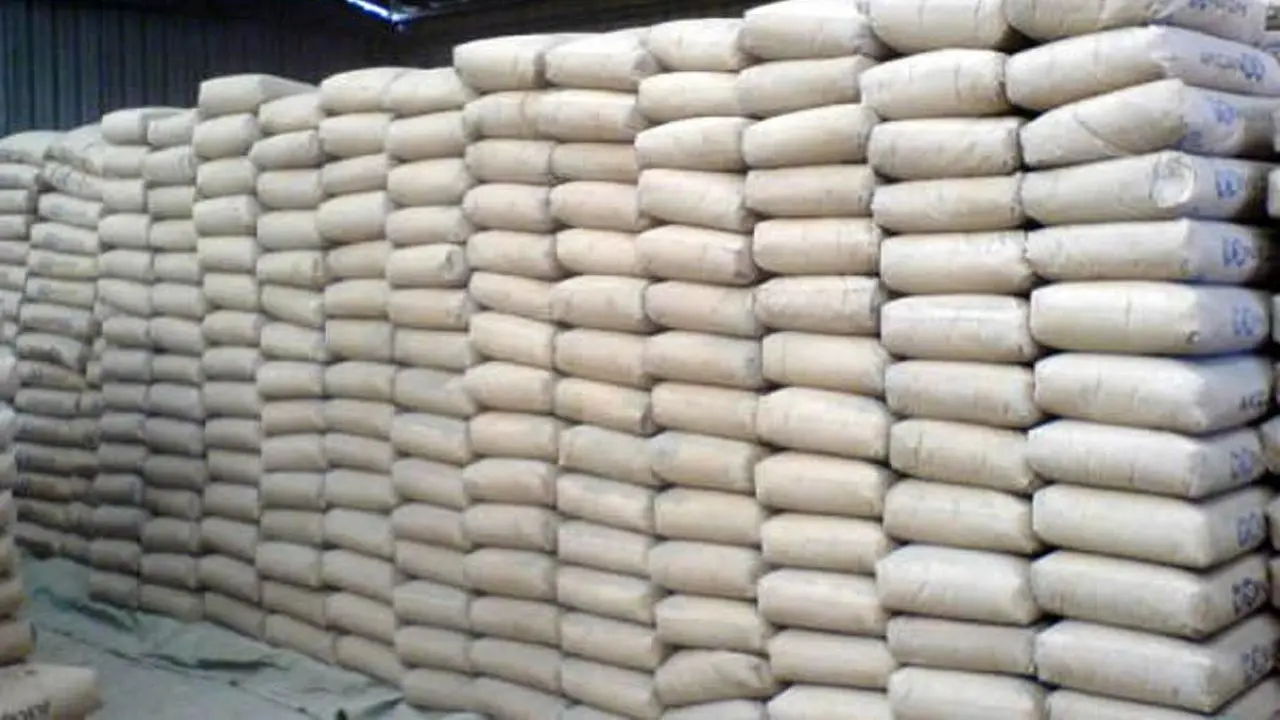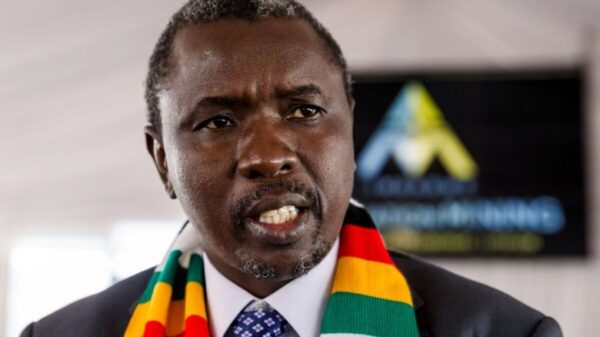Zimbabwe’s cement manufacturers have invested more than US$100 million toward plant and equipment upgrades over the last four years amid the strong demand driven by the massive infrastructure development projects countrywide.
The construction industry enjoyed a boom since the incumbent Government came into power and initiated several mega infrastructure projects such as dams, roads, housing, power, education and public administration facilities, among others.
Demand for cement has benefited from individual home development projects characterising every part of the country.
Under the five-year economic blueprint, the National Development Strategy 1 (NDS 1), launched in 2021, the Government among others, has prioritised infrastructure development as a key strategy for the achievement of an upper middle-income society by 2030.
Against this background, some of the infrastructure implemented in Zimbabwe over the last four years include the multimillion-dollar Lake Gwayi-Shangani project in Matabeleland North province, the upgrading of the Harare-Beitbridge highway, the US$1,5 billion Hwange Thermal Power Station expansion programme, and the various national housing development programmes.
Investments in housing dovetail with the Second Republic’s ambition to rebuild the economy and improve the living standards of citizens through the delivery of 250 000 housing units under NDS 1.
To move with speed in championing the national development agenda, the Government has also engaged the private sector on some of the projects under the Public-Private Partnerships (PPPs) initiative.
Speaking at the 2022 Confederation of Zimbabwe Industries (CZI) annual manufacturing sector survey results launched in Harare last week, cement manufacturers who were represented by Khayah (formerly Lafarge Zimbabwe) chief executive officer Mr Innocent Chikwata said: “As Khayah, in the last four years we have invested more than US$25 million and I know as an industry including other cement manufacturers, I think we are in excess of US$100 million that we have invested in plant and equipment upgrade.
“We are happy that there have been infrastructure expansion projects across the country and we are beneficiaries of those expansion programmes because every time projects come up, we have an opportunity to move more and more of our products.
“That confidence also makes us not doubt the decision that we made to invest (in plant and equipment upgrade).”
Pretoria Portland Cement (PPC) Zimbabwe and Khayah account for 70 percent of the domestic market share.
Zimbabwe has capacity to produce 2,6 million tonnes of cement annually against a national demand of between 1,5 and 1,6 million tonnes.
Mr Chikwata said after Khayah adopted the latest technology for its factory in recent years, it was now enjoying economies of scale, which have seen it reducing the price of cement from US$10,35 per 50-kilogramme bag in 2017 to less than US$9 presently.
“When I joined Khayah Cement in 2017, a bag of cement was costing US$10,35, today you can purchase a bag of cement from us for under US$9. . . that’s just the amount of work we have been able to do to sharpen our pencils in terms of innovation, we are very much innovation-driven with the machinery that we now have. And we are trying to bring in machinery that uses less energy but is more efficient. We also continue to innovate around the actual product to make it a better product ,but produced at a better price,” he said.
As Khayah, Mr Chikwata said, their cost drivers centred mainly around energy and fuel used to facilitate industrial operations and transportation of the product across the country by road using haulage trucks.
Due to the prevailing depressed power supply situation in the country, he said his organisation had not been spared as the cement producer was losing between 9 and 10 hours per day due to power outages.
“Currently, the equipment that we have is so sensitive every time there is a voltage spark or a dip, it strips or switches off the plant and our plants use an hour and half to 2 hours every time we have a power outage and that’s the biggest challenge we are faced with today.
“Of course, we have engaged the authorities through our parent industry and I am very happy that our honourable Minister of Industry and Commerce Dr Sekai Nzenza has actually been helping us engage the power suppliers,” he said. Just like what some players in the private sector have done, Khayah is also planning to adopt renewable energy sources to address the power situation at its factory.
Zimbabwe requires about 2 200MW at peak demand, but because of low water levels at Kariba Power Station as well as depressed generation at Hwange Power Station, the country is producing an average of less than 1 000MW.
According to the Zimbabwe Power Company, as of yesterday, the State power utility was producing 744MW from its plants.
Despite the prevailing power situation, in November last year, Zesa indicated that it was confident the 3 500MW required by 2025 would be achieved as mining and industrial sectors had submitted applications for electricity generation aggregating to 2 300MW. Under NDS 1, Zimbabwe needs 3 500MW by 2025 while a total of 11 000MW would be required by 2030.

For comments, Feedback and Opinions do get in touch with our editor on WhatsApp: +44 7949 297606.








